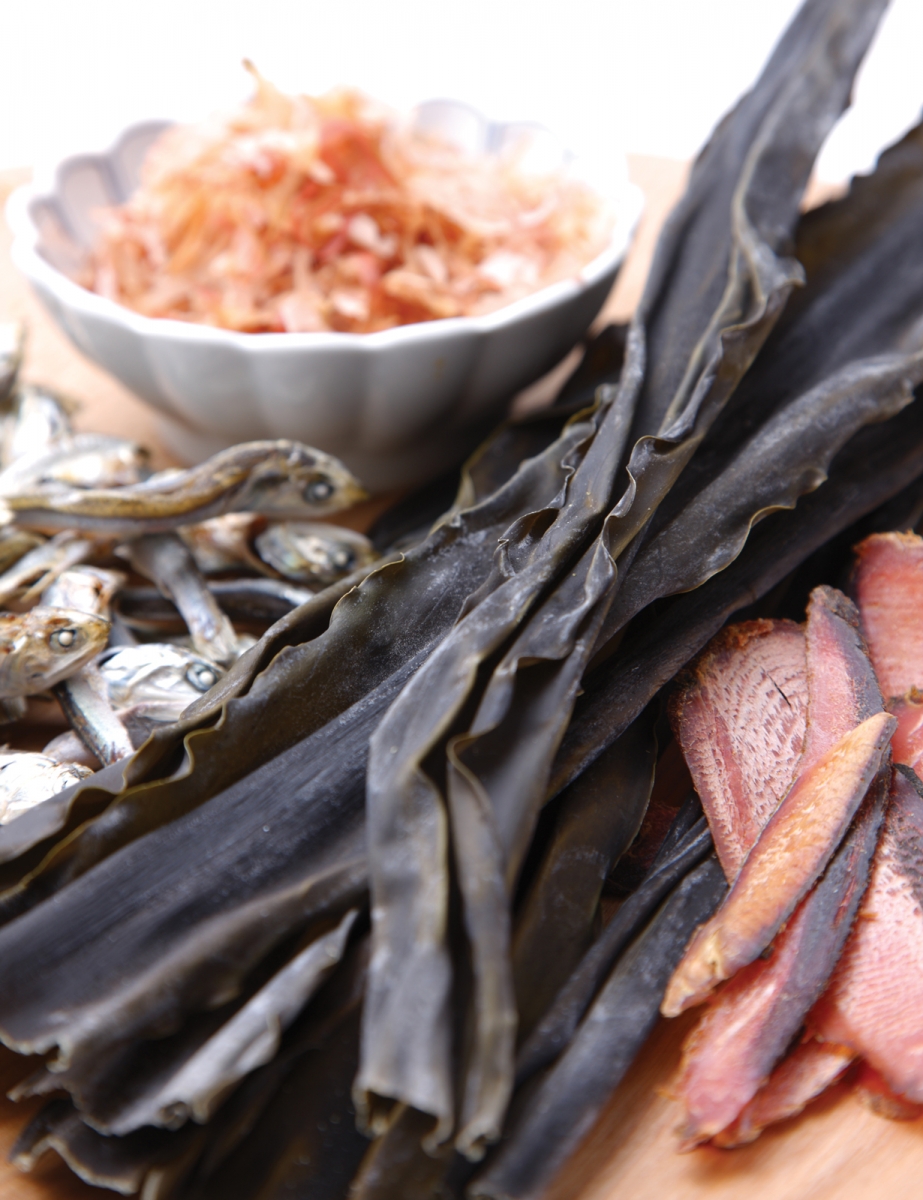Full of flavour
It’s hard to say what’s the most intriguing feature of bonito flakes.Perhaps it’s the delicate combination of sweet, smoky and salty flavour they provide; the months-long production process; or the hypnotic dance the paper-thin flakes perform when placed atop a bowl of steaming rice. No matter the answer, these painstakingly prepared but easily used slivers of fish, known as katsuobushi in Japan, are an integral part of any Japanese kitchen.
“Almost all Japanese grow up with bonito flakes, and almost all soup stock is made with them,” says Izakaya Tomo’s owner and head chef, Tomoya Mutaguchi.
Wing Chan, owner of Nomiya, agrees that katsuobushi is a key ingredient in her restaurants. “It’s a great flavouring agent – we use it in our dashi broth, and as a topping for a lot of our dishes,” she says.
Ultimate umami
Bonito is a member of the same family as mackerel and tuna, but the flakes’ umami flavour is the result of a lengthy preparation process. After being caught, bonito is then simmered, smoked and often fermented, a process that takes a minimum of one month and gives it the smoky, salty and delicately sweet taste perfect for adding body.
“Without bonito flakes, dashi broth would just be seaweed water,” laughs Chan.
Rock-solid beginnings
In the traditional preparation method, after fish is cleaned, filleted and simmered, then smoked for up to a month, which hardens the tissue and leaves it looking like a solid chunk of wood. For most katsuobushi today, the fish is then ready to be shaved into flakes, but, in more traditional methods, the fish is then sprayed with mould and left to ferment. Whether fermented or not, the final step involves shaving the fish into its familiar flake form.
More than just flakes
Although bonito most often shows up on local menus as a topping or in soup stock, it can also be prepared in sushi or sashimi – Izakaya Tomo serves bonito sashimi in spring and summer with seared skin and garlic soy. Still, Mutaguchi notes that much of bonito’s charm lies in its simplicity. “An easy way to enjoy bonito flakes is just put it on rice with soy sauce, or salad with bonito flakes and mayo. Easy and good.”
